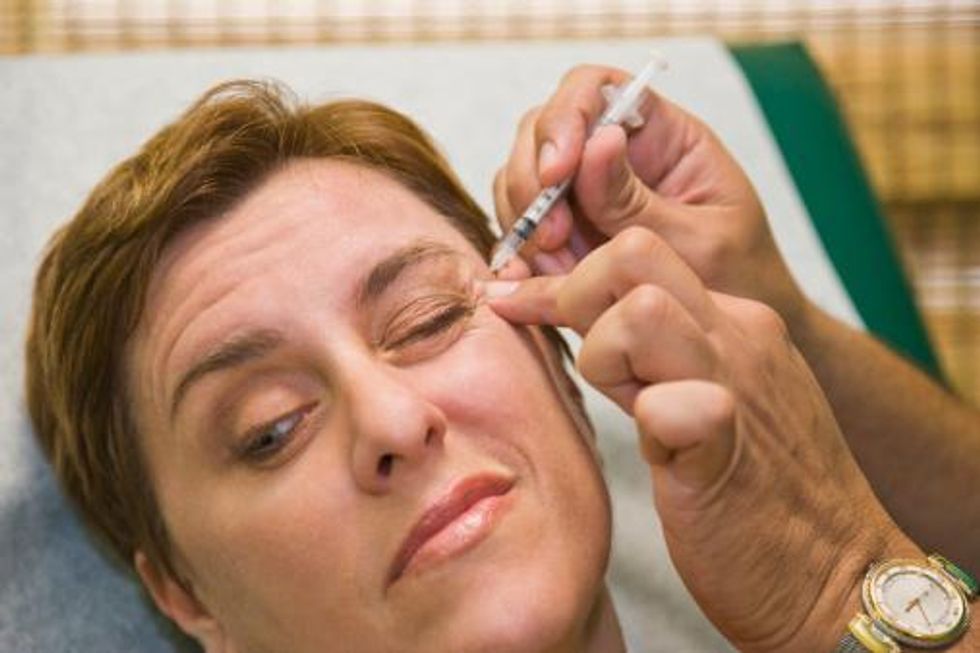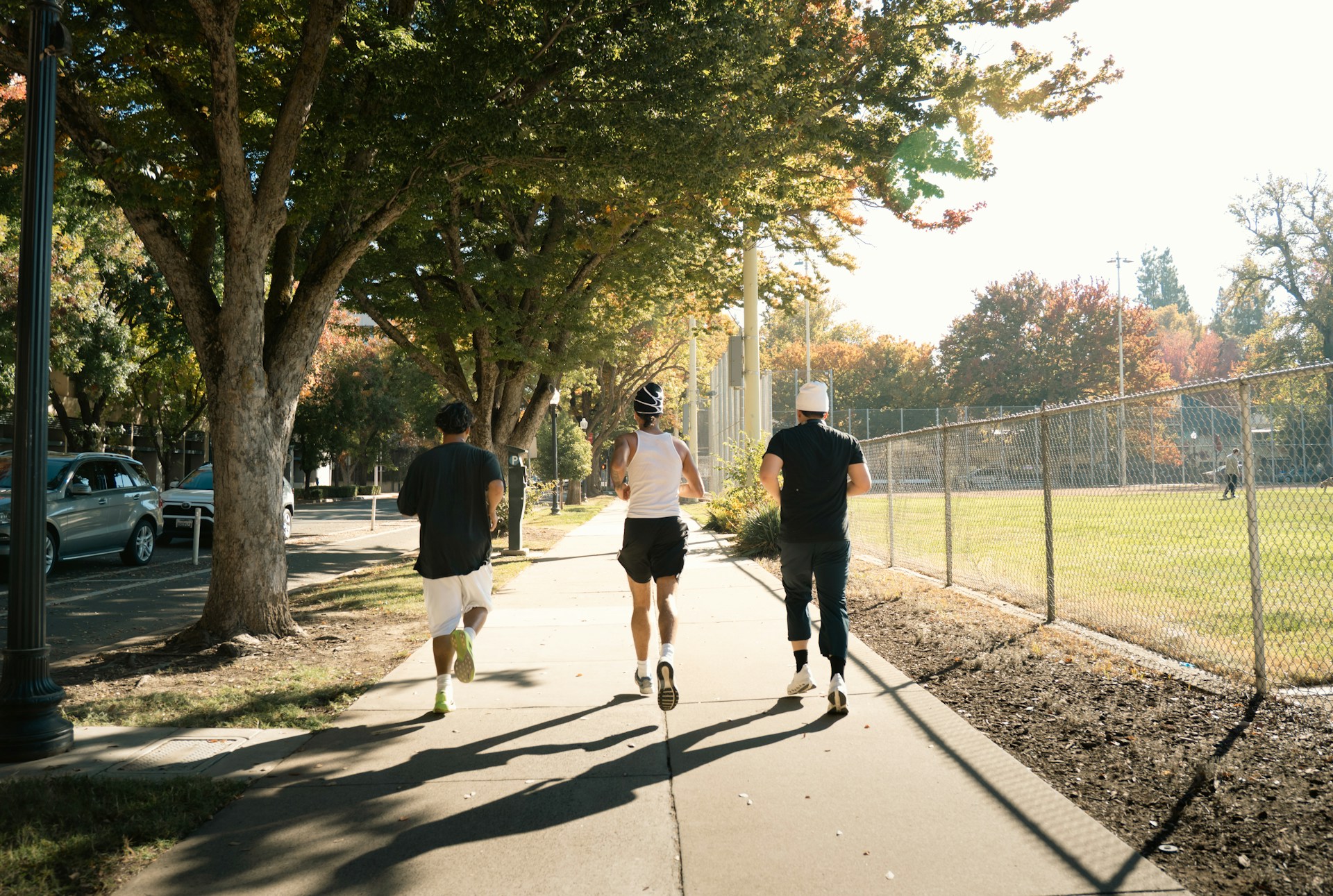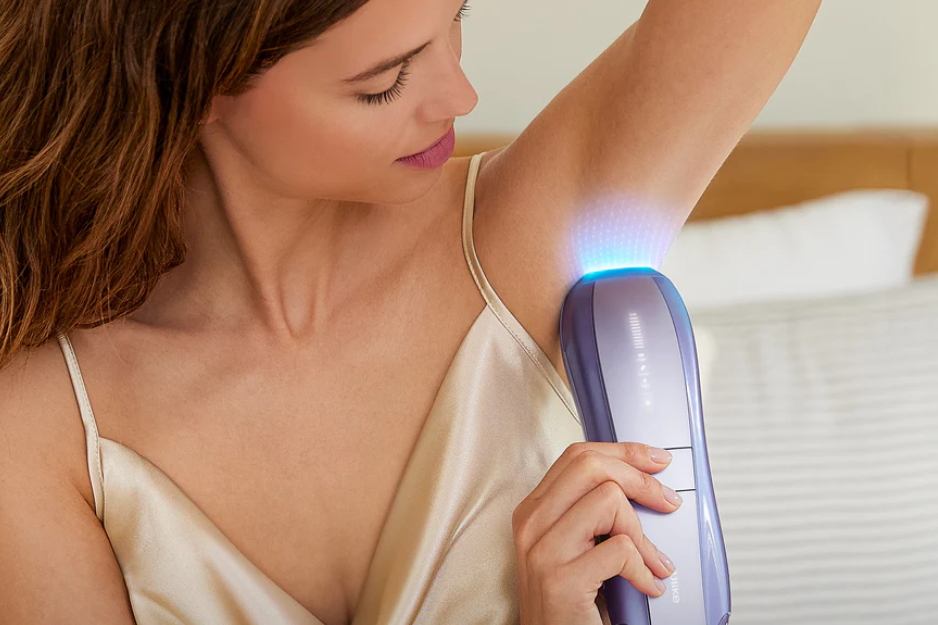It’s a wrinkle-free world and we’re just living in it. Or at least that’s how it seems nowadays when women (and some men) who’ve lived long enough to have developed the signs of the wear and tear of aging have foreheads smoother than a Barry White song.
Our youth-obsessed culture frowns upon frown lines and writhes at the sight of wrinkles. Aging gracefully is becoming something of an urban myth our grandmothers told us. People are shooting BOTOX® into their faces to help them maintain and retain their youth and the trend is not slowing down despite the possible dangers.
If you use BOTOX® or are planning to do so after taking too long a look in the magnifying mirror, learn about the negative prospects that can stem from your attempt to turn back the clock. You may not adore those crow’s feet that have been creeping across your face, but a far worse fate could be waiting for you inside your plastic surgeon’s syringe.

What is Botox?
As per Medical News Today, BOTOX® is, “a drug made from a neurotoxin produced by the bacterium Clostridium botulinum called botulinum toxin. It is used medically to treat certain muscular conditions and cosmetically remove wrinkles by temporarily paralyzing muscles. Botulinum toxin is one of the most poisonous substances known to man.”
Sounds scary, but in extremely small concentrations BOTOX® works by, “preventing signals from the nerve cells reaching muscles, effectively leaving the muscles without instructions to contract, therefore paralyzing them.” According to Cleveland Clinic, “The FDA approved such usage in the late 1980s when it was discovered that BOTOX® could stop ailments such as blepharospasm (uncontrolled blinking) and strabismus (lazy eye). Cosmetic physicians have been using BOTOX® for years to successfully treat wrinkles and facial creases. BOTOX® is approved for treatment of frown lines on the forehead and crow’s feet (lines around the eye).”
What Are Some Common Dangers?
According to Mayo Clinic, BOTOX® injections are relatively safe when performed by a doctor with experience. That said, there are possible side effects. The most common include:
- Pain, swelling, or bruising at the injection site
- Headache or flu-like symptoms
- Droopy eyelid or eyebrows
- Crooked smile that can lead to drooling
- Eye dryness or excessive tearing
If BOTOX® spreads to other parts of the body, it can lead to symptoms of botulism.Healthline defines botulism as “a rare but very serious illness that transmits through food, contact with contaminated soil, or through an open wound. Without early treatment, botulism can lead to paralysis, breathing difficulties, and death.”
Mayo Clinic warns BOTOX® users to look out for all-over muscle weakness, vision problems, trouble swallowing, speaking, or breathing, or loss of bladder control after getting injected.










